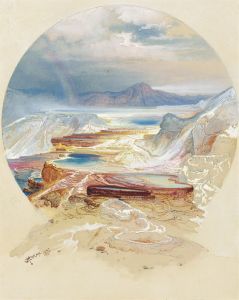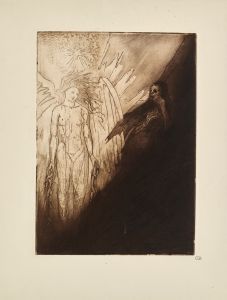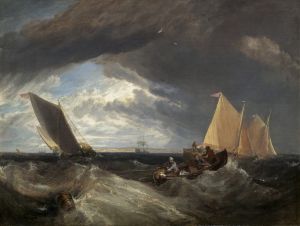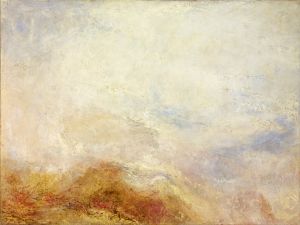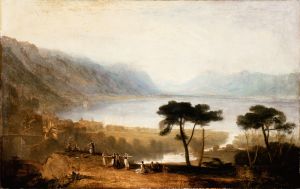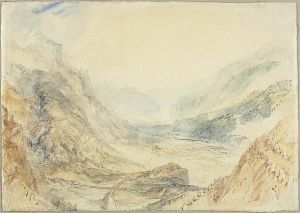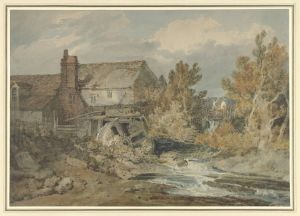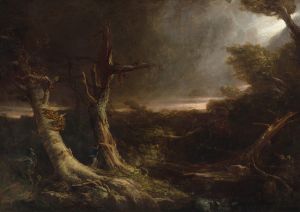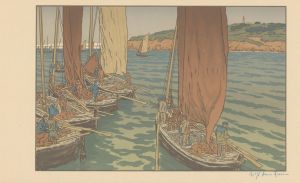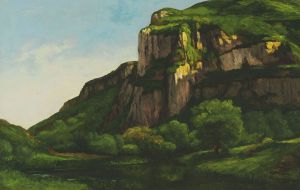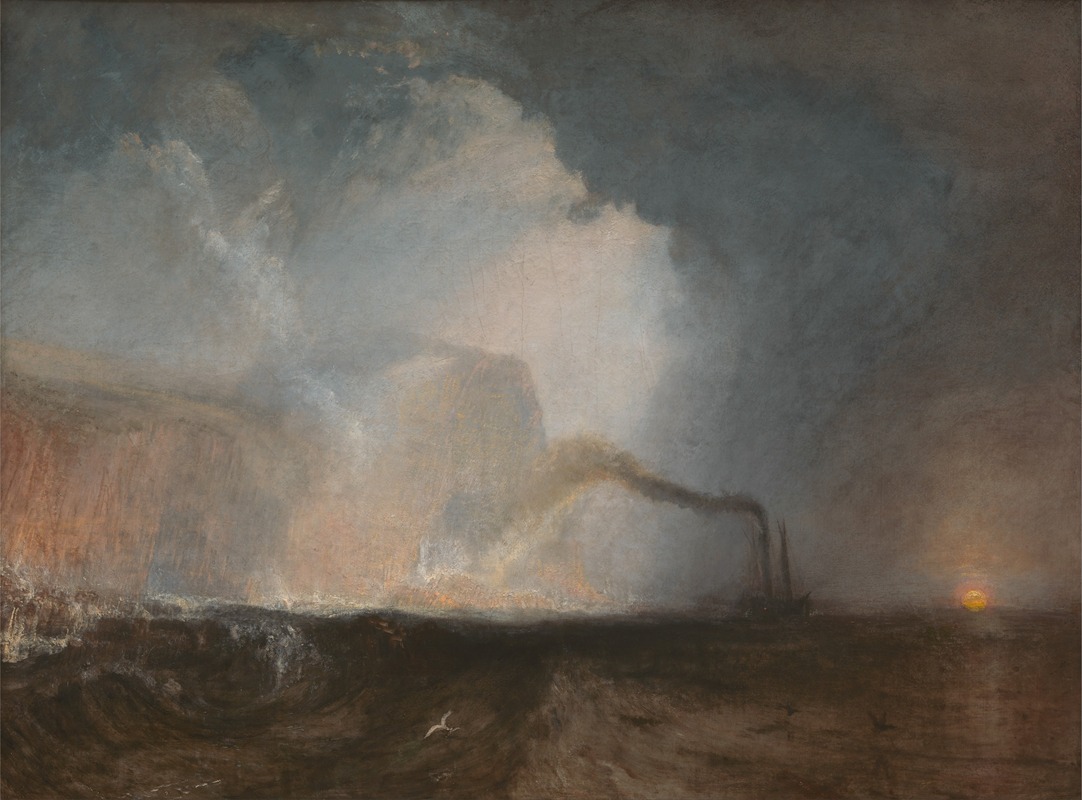
Staffa, Fingal’s Cave
A hand-painted replica of Joseph Mallord William Turner’s masterpiece Staffa, Fingal’s Cave, meticulously crafted by professional artists to capture the true essence of the original. Each piece is created with museum-quality canvas and rare mineral pigments, carefully painted by experienced artists with delicate brushstrokes and rich, layered colors to perfectly recreate the texture of the original artwork. Unlike machine-printed reproductions, this hand-painted version brings the painting to life, infused with the artist’s emotions and skill in every stroke. Whether for personal collection or home decoration, it instantly elevates the artistic atmosphere of any space.
"Staffa, Fingal’s Cave" is a painting by the renowned British artist Joseph Mallord William Turner, commonly known as J.M.W. Turner. Turner, born in 1775, is celebrated for his expressive colorization, imaginative landscapes, and turbulent marine paintings. This particular work, "Staffa, Fingal’s Cave," is a testament to his fascination with the sublime and the dramatic interplay of natural elements.
The painting depicts Fingal's Cave, a natural sea cave located on the uninhabited island of Staffa in the Inner Hebrides of Scotland. The cave is famous for its unique geological formation, characterized by hexagonally jointed basalt columns, similar to those found at the Giant's Causeway in Northern Ireland. The cave's natural acoustics and striking appearance have inspired numerous artists, writers, and musicians over the centuries.
Turner visited the site in 1831 during a tour of Scotland, which was part of a larger journey to capture the landscapes and seascapes of the British Isles. This trip was significant for Turner, as it provided him with the opportunity to explore the dramatic and rugged beauty of Scotland's natural scenery, which greatly influenced his work. The visit to Fingal's Cave left a profound impression on Turner, and he produced several sketches and studies of the site, which later informed his finished painting.
In "Staffa, Fingal’s Cave," Turner captures the awe-inspiring nature of the cave and its surroundings. The painting is noted for its dynamic composition and the use of light and color to convey the power and majesty of the natural world. Turner's technique involves a masterful blend of atmospheric effects, with swirling clouds and turbulent seas that evoke a sense of movement and energy. The interplay of light and shadow in the painting highlights the cave's intricate rock formations and the surrounding seascape, creating a dramatic and immersive visual experience.
The painting reflects Turner's interest in the Romantic movement, which emphasized the emotional and sublime aspects of nature. His work often explores the relationship between humanity and the natural world, capturing the beauty and terror of the elements. In "Staffa, Fingal’s Cave," Turner not only presents a realistic depiction of the site but also imbues it with a sense of mystery and grandeur, inviting viewers to contemplate the power and majesty of nature.
Turner's depiction of Fingal's Cave has contributed to the site's enduring allure and its status as a symbol of natural wonder. The painting is housed in the Yale Center for British Art, where it continues to be admired for its artistic brilliance and its ability to evoke the sublime beauty of the Scottish landscape. Through works like "Staffa, Fingal’s Cave," Turner has left a lasting legacy, influencing generations of artists and shaping the way we perceive and appreciate the natural world.





